For a while in trial advocacy programs there was an inclusion of the occasional anthropologist to help explain juror conduct for the lawyers. I haven't seen much of this in the last couple of decades, but I liked listening to the anthropologists.
I liked anthropology in college, too, and if I hadn't gotten distracted and wound up in law school, maybe I could have been one. Even now when I read a Jared Diamond book, I imagine myself at a young age hunting down Jared and working as an apprentice until I learn the trade.
One thing an anthropologist offered to the trial advocacy students was the pig-nose-pointing observation. In any group, look at where the noses point and you will find the dominant member. This can be important for a number of purposes and most people probably do it intuitively without knowing the rule. The noses are likely pointing to the presiding juror or foreperson. Pick the one to whom the noses are pointing and you know who you must persuade.
Now back to face muscles.
Racehorse Haynes, when asked what to look for in jurors, said, "When he does this, he disagrees with you." Racehorse then made the downward pull of the lips.
Hardly have I had a jury selection since then when I did not notice this reaction to something I said by one or another juror. I accept with Racehorse's reading of the expression. In part, because when seeing it, I will ask the juror, "You disagree with this?" And she will say, "Yes." And it usually emphatic.
The frown or scowl or upside down smile comes from the triangularis muscle, the Downward Puller I, AU 15, "lowers corners of lips." Darwin also calls the pair of muscles depressores angulili oris.
Ekman (our modern face scientist) associates the triangularis muscle with requested actions or simulated emotions. Faigin (our face artist) describes the expression as a frown or scowl. He warns that some people look like they're scowling when they're not. In older faces the creases that extend the mouth corner can look a lot like the way the mouth looks when triangularis stretches it.
Darwin says the muscle expresses low spirits, grief or dejection. He notes that saying a person is "down in the mouth" is the same as saying he is of low spirits. He also relates it the "melancholic insane" saying it is associated with suicide. Darwin also suggests it is a cultural universal based on photographs of "Hindoos, the dark hill-tribes of India, Malays, and...aborigines of Australia."
Dr. Duchenne concluded that this is one of the facial muscles which is least under the control of the will. And that an extremely slight contraction of the triangularis "is sufficient to betray this state of mind."
Faigin says Darwin was wrong in describing the triangularis as the "muscle of grief," because grief also requires another muscle, the mentalis, the "pouting muscle," just above the chin.
Psychiatrists like to know if a patient is suicidal. ("Not on my watch, please.") Mary wants out of the hospital for a day so she can go commit suicide. The shrinks videotape her interview and then after the deed, realize she was lying to them to get out. They watch the video over and over to find evidence of the lies. In a split second before she smiles and answers, they spot a contraction of the triangularis.
This, they believe, is the physical expression of the emotion Mary was quickly masking.
Saturday, April 19, 2008
Subscribe to:
Post Comments (Atom)

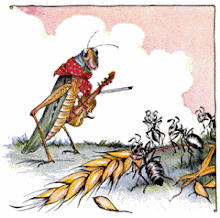








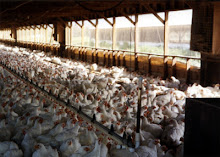

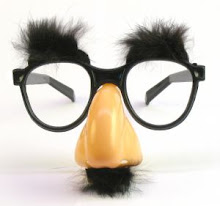


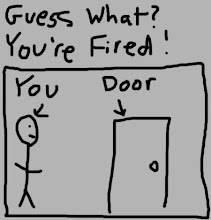
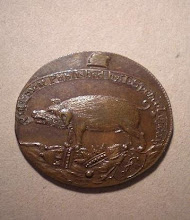









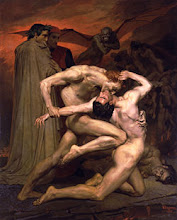_-_Dante_And_Virgil_In_Hell_(1850).jpg)











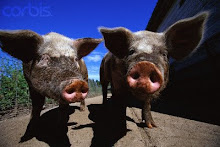





























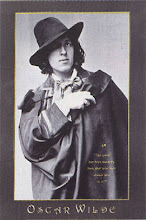
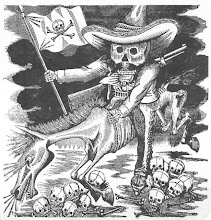












No comments:
Post a Comment